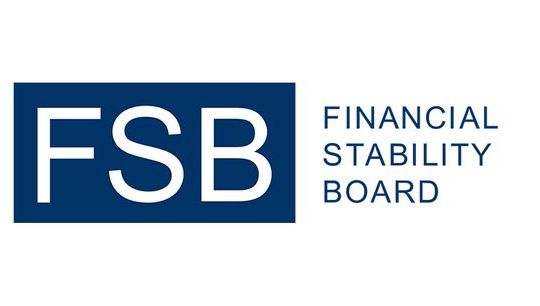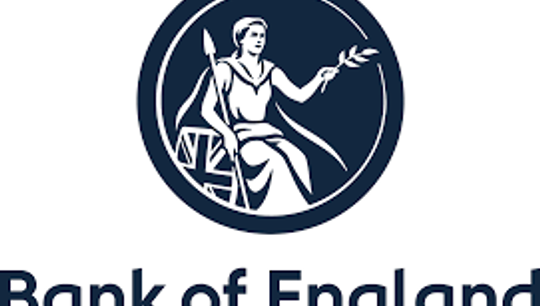The news behind the headlines: Five things we learned in 2016
By Michelle Noyes, COO, AIMA
Published: 27 January 2017
Growth. Partnership. Meeting market demand.
After all the blaring headlines, breathless commentary and political volatility, the real story about hedge funds in 2016 is now coming into view.
As the dust settles on a turbulent and challenging year, the global alternative investment industry finishes larger, stronger and better equipped to meet the needs of its diverse investor base. As we look ahead to the rest of 2017, here are our key take-aways for last year.
1. The industry did grow (again)
It was a turbulent start to 2016 and the year has not passed without its challenges – some of which have played out in the public eye. A small group of notable pension funds divested from hedge funds. The big events of the year wrong-footed even some of our sharpest minds. But by the end of the year, the headlines were these – a very small net outflow, a modest decline in the number of funds, and performance gains more than outweighing the withdrawals. By year-end, the industry had grown by about 3% overall and reached a new high of about $3.3 trillion according to Preqin.
Let’s look at some of those numbers in more detail. Around $67bn net was withdrawn - 2% of total assets at the start of the year. Liquidations of individual fund products outpaced fund launches by just 1%. Public and private sector pension funds now account for 41% of institutional capital invested in hedge funds – virtually identical to last year, according to Preqin. Indeed, there was a small net increase in the number of institutional investors allocating $1bn or more to hedge funds this year, from 227 last year to 238 today.
Among billion-dollar investors, the average allocation to hedge funds is now 16.8% of total assets, up from 15.9%, while for investors with smaller allocations, it reached 14.8%, up from 14.3% last year. In terms of performance, the “average” fund produced gains of 7.4% (equal-weighted), according to Preqin, while about two-thirds of all funds were in positive territory.
2. Alignment of interest has never been closer
Investor loyalty this year was helped by increasing levels of transparency and growing alignment with managers. Disclosure of data has increased substantially since the financial crisis. Investors are given greater access to portfolio managers and other front-office staff. The IR function has grown and become ever more important and sophisticated.
“Skin-in-the-game” and the high watermark are as popular as ever. But many fund managers are clearly going much further. Investors and managers now talk frequently about the forming of partnerships. Fees have continued to come down – management fees are now typically in the 1.4%-1.6% range. But as our ‘In Concert’ survey showed, some fund managers are also introducing hurdle rates, sliding fee scales and, in a few cases, clawbacks, often in return for longer lock-ups.
3. The impact of Trump and Brexit is uncertain
Brexit and the US elections were major political events that caused upheaval on financial markets and clearly provided short-term opportunities for many managers. Yet the long-term impact remains uncertain. We will be following closely the policy positions in the US that begin to emerge once the Trump administration is in place. With Brexit, the key issues for the industry, both in the UK and internationally, will involve access to investor capital and human capital. At the time of writing, we are finalising our joint position on Brexit with the Managed Funds Association (MFA), which will inform our engagement with British and EU policymakers and regulators in 2017.
4. Tech transforming hedge funds
2016 was notable for the prominence of FinTech. While we are still in the early innings, a survey we conducted earlier this year with KPMG and the MFA found that 94 percent of hedge fund managers believe that technology will have an impact on competition over the next 5 years. Much of the industry’s investment in technology is going to improve compliance, efficiencies and controls, and investor relations but managers are also looking to disruptive technology in the form of artificial intelligence, predictive analytics and automated trading. Interest in applications of block chain is still quite nascent. As hedge funds start to rely more heavily on technology across their front, middle and back office, many managers are becoming increasingly concerned about data risk. Cyber security is a top level agenda item and will attract significant investment.
5. Alternatives increasingly filling a void
During 2016, alternative investment managers continued to fill voids left by banks. Fund managers are lending to businesses and financing social investment projects. Investor appetite in such investing was strong and credit strategies performed well. Managers are also providing vital liquidity to markets - as our report with State Street, ‘Let’s Talk Liquidity,’ found, nearly half of respondents felt decreased market liquidity was a permanent shift, while three-fifths felt market liquidity had affected their investment management strategy. Amid increasing numbers of alternative investment managers playing a market-making role, the industry is providing a solution to this long-term challenge.
Conclusion
As we look ahead, a number of predictions seem safe to make. The global alternative investment industry again will see winners and losers. Investor education will become ever more necessary as trustees and fiduciaries increase scrutiny of hedge fund allocations. The need for the industry to engage constructively with policymakers and regulators in the US and UK following this year’s election shocks will be even more vital. And as alternatives continue to be features of the investment mainstream and play a vital role in economic growth, we are confident that 2017 will produce even more success stories for this diverse group.







